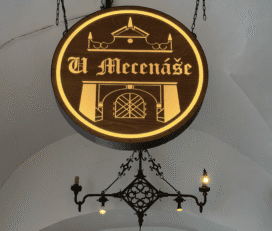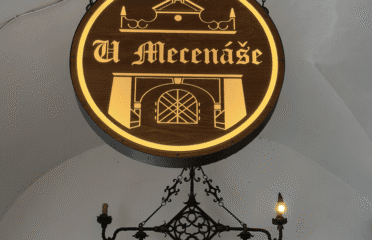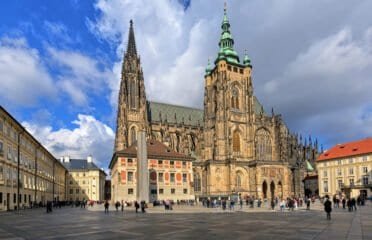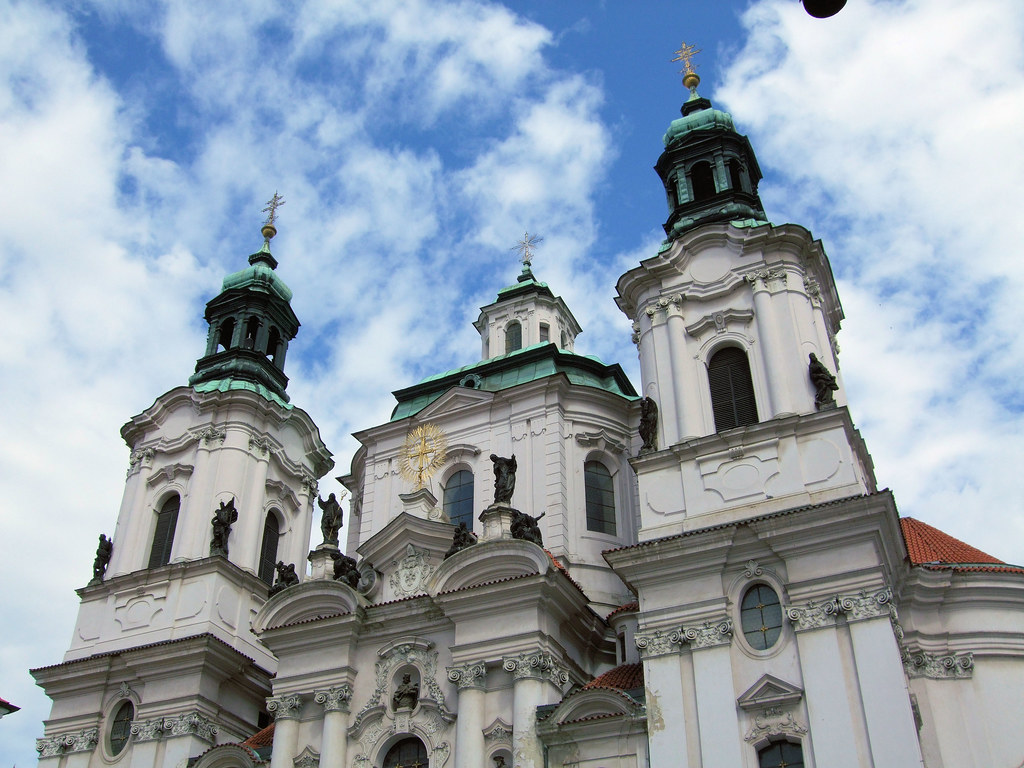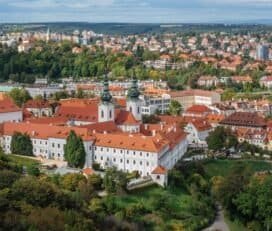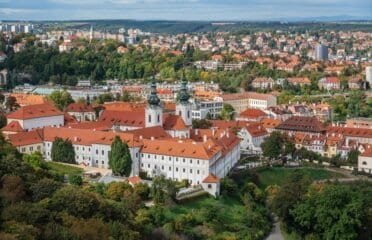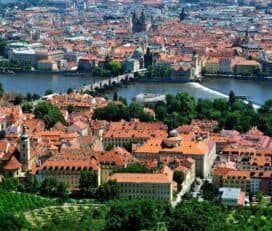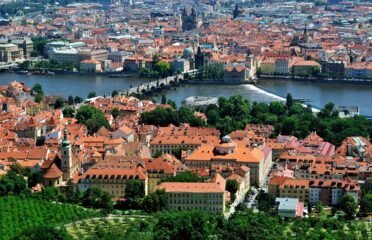Statue of Tomáš Garrigue Masaryk – Prague, Czech Republic
Overview
The Statue of Tomáš Garrigue Masaryk honors the first President of Czechoslovakia and one of the most influential figures in Czech history. Located in Hradčanské Square, just outside the gates of Prague Castle, the monument pays tribute to Masaryk’s role as a founding father of the Czechoslovak Republic in 1918. Unveiled in 2000 on the anniversary of Czechoslovakia’s independence, the statue has become a symbolic landmark where visitors can reflect on the nation’s democratic roots while also enjoying views of the surrounding castle district. For those exploring Prague Castle and its surroundings, this monument offers an important historical stop.
Why Visit
- Pay homage to Tomáš Garrigue Masaryk, the first president of Czechoslovakia
- Learn about the creation of Czechoslovakia in 1918
- See an elegant bronze statue in a prominent location near Prague Castle
- Combine history with beautiful views of Hradčany and the castle gates
- Experience a meaningful stop on the path to exploring Czech national identity
Highlights
- The Statue: A bronze depiction of Masaryk standing with a dignified and reflective pose
- Hradčanské Square: The historic square where the statue is located, often bustling with visitors
- Proximity to Prague Castle: The monument is steps away from the castle entrance, making it easy to visit
- Symbolic Timing: Unveiled on October 28, 2000—the 82nd anniversary of Czechoslovakia’s independence
- National Significance: A reminder of the democratic ideals Masaryk championed
History & Cultural Significance
Tomáš Garrigue Masaryk (1850–1937) was a philosopher, statesman, and the first president of Czechoslovakia. A strong advocate for democracy, education, and social justice, he played a central role in the creation of the independent Czechoslovak state in 1918 following the collapse of the Austro-Hungarian Empire. The statue, designed by sculptor Jan Tomáš Fischer, was installed in 2000 to commemorate Masaryk’s enduring influence on Czech history and politics. Its placement near Prague Castle underscores his legacy as both a statesman and a moral figure who shaped the values of modern Czechoslovakia. The statue serves not just as a memorial, but as a civic symbol of freedom and democracy.
Typical Costs & Tickets
Visiting the Statue of Tomáš Garrigue Masaryk is free, as it is a public monument in an open square. Guided tours of Prague Castle often include a stop at the statue, providing context about Masaryk’s life and achievements. Independent travelers can enjoy the monument at any time of day, often combining it with nearby attractions in the Castle District.
Best Time to Visit
The statue can be visited year-round, with the best times being early morning or late afternoon when the square is less crowded. National holidays, especially October 28 (Czechoslovak Independence Day), carry added significance, as official ceremonies sometimes take place near the monument. In spring and summer, the square is lively with visitors heading into the castle, while winter offers a quieter and more reflective atmosphere.
Nearby Experiences
Since the statue stands in Hradčanské Square, it is surrounded by major attractions. Visitors can continue into Prague Castle to explore St. Vitus Cathedral, the Old Royal Palace, and Golden Lane. Just across the square are the Archbishop’s Palace and several historic residences. Walking downhill leads into Malá Strana (Lesser Town), with charming streets, Baroque churches, and riverside cafés. A short stroll away is the Loretto complex, another important site of Czech history and spirituality.
Travel Tips
- Combine a stop at the statue with a full Prague Castle visit to maximize your time
- Visit early in the day for quieter moments before tour groups arrive
- Read up on Masaryk’s role in founding Czechoslovakia to fully appreciate the monument’s significance
- Look for the statue’s unveiling date—October 28—engraved as a reminder of national independence
- Bring a camera, as the statue provides a dignified photo opportunity with the castle gates nearby
Fun Facts & Local Legends
- Masaryk served as president for 17 years, making him the longest-serving leader in Czech history
- The statue was unveiled in 2000, 63 years after Masaryk’s death, as part of Czech Republic’s modern tributes to its founding father
- Though often called “the father of the nation,” Masaryk was also a philosopher and academic before becoming a politician
- Masaryk’s middle name, Garrigue, came from his American wife, Charlotte Garrigue, highlighting his international connections


